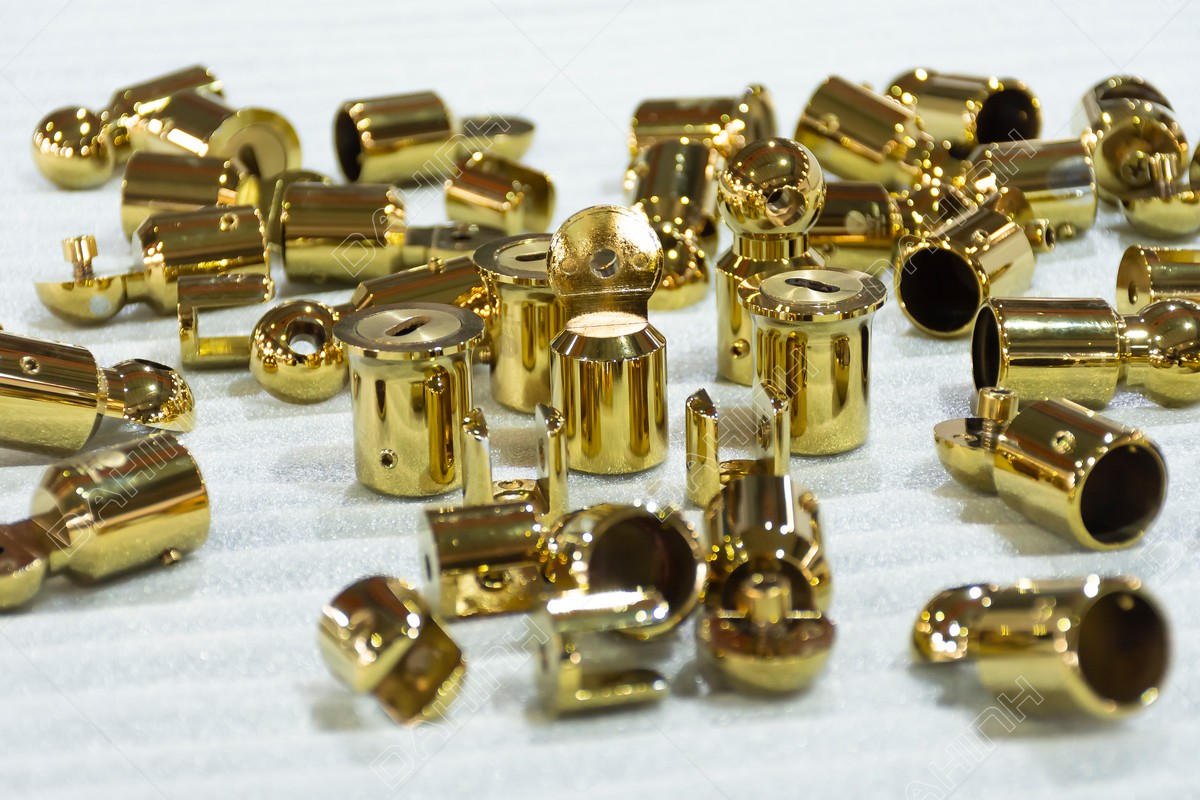Introduction to PVD plating technology
22/02/2021
Physical Vapor Depotion (PVD) technology is a plating method that deposits materials in a vacuum environment and is used to produce thin films and coatings. PVD is a process in which a material changes from a solid to a vapor and then recombines back to a solid as a thin film condenses on the surface of a sample. PVD technology is used in the production of items requiring high technical requirements for the mechanical, optical, chemical, mechanical or electronic industries ...
In the PVD vacuum plating process, a high intensity current is formed on the surface of the source material which rapidly evaporates the metal ions. The metal ions will move to the surface of the sample xi in a vacuum and mix with the reactive gases to form a thin layer of cement on the surface of the sample. The ionization process significantly affects membrane properties and adhesion.
.jpg)
The PVD process uses high vacuum media, beer material, high temperature, high voltage and reactive gas like nitrogen to create coatings on the sample surface. The vacuum chamber is vacuumed clean and heated from 100 to 600 degrees Celsius. A small amount of air is sprayed into the vacuum chamber correctly. Different beer materials, source and reactive gas will produce different coatings with different properties.
Applications include thin film semiconductors such as solar panels, aluminum film for food and balloon packaging, and metalworking cutting tools. Besides industrial tools, high-tech equipment components are also specially applied in scientific research. Common industrial coatings due to the current PVD coating application are: TiN, ZrN, TiC, CrC, CrN, TiAlN .. DLC

ADVANTAGES OF PVD TECHNOLOGY
* Titanium coating created by PVD technology is stiffer and more resistant to corrosion than that produced by electroplating. Titanium coating can withstand high temperatures and impacts well, has excellent wear resistance and is very durable, so it almost never needs to be coated with any other protection.
* Applicable to most inorganic materials and certain organic materials
* More environmentally friendly than traditional plating processes such as electroplating and painting because there is no waste before and after the process.
* A variety of techniques can be used to create a certain coating.
* Low plating temperature: PVD system operates at low temperature, from 200 to 450 degrees C, in a vacuum chamber, this can provide coating on many materials such as ceramics, glass, ceramic . metal..v.v
Disadvantages of PVD technology.
* Requires a very strict surface cleaning process for plating products.
* Coatings are difficult to penetrate deep into some intricate shapes. However, there are methods that allow the full coverage of complex geometries.
* Some PVD technologies typically operate at very high temperatures and vacuums, require special attention from the operator and require a cooling system to cool large.




